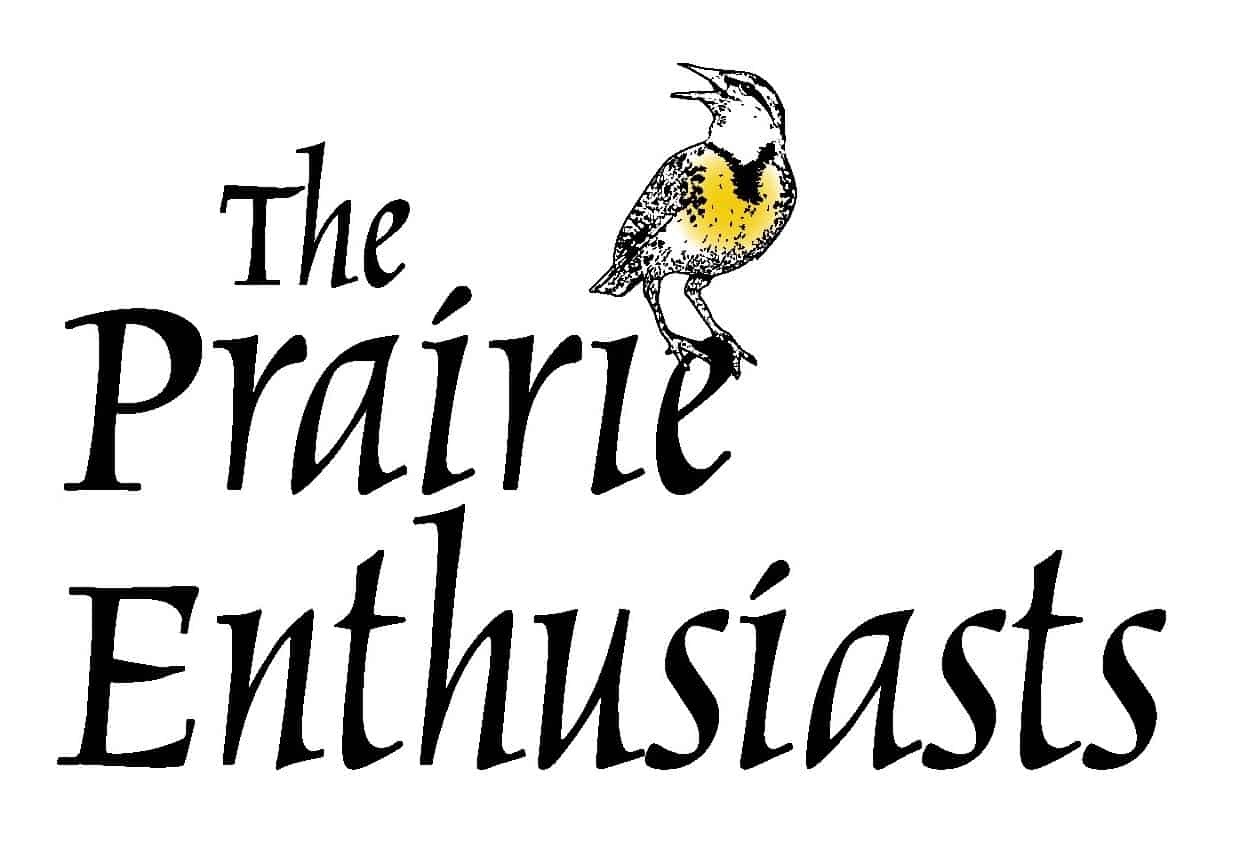 Introducing a new phenology series. Pat Trochlell, author of ‘This Week in the Driftless Area’ will bring us on a virtual tour of what is happening in our native habitat through her new column. We hope to post this series weekly on our TPE Facebook page, found at https://www.facebook.com/ThePrairieEnthusiasts/ Look for her updates on Thursday afternoons. Pat’s inspiration comes from her career as a wetland ecologist with the Wisconsin DNR. Pat and her husband, Ken Wade, live near and are stewards of TPE’s 30-acre Parrish Oak Savanna, a diverse woodland ecosystem of 240 native species.
Introducing a new phenology series. Pat Trochlell, author of ‘This Week in the Driftless Area’ will bring us on a virtual tour of what is happening in our native habitat through her new column. We hope to post this series weekly on our TPE Facebook page, found at https://www.facebook.com/ThePrairieEnthusiasts/ Look for her updates on Thursday afternoons. Pat’s inspiration comes from her career as a wetland ecologist with the Wisconsin DNR. Pat and her husband, Ken Wade, live near and are stewards of TPE’s 30-acre Parrish Oak Savanna, a diverse woodland ecosystem of 240 native species.
Prairie smoke emerging at Moely Prairie, Prairie du Sac, WI. Photo by Amy Chamberlain
This Week in the Driftless Area #1 – 31 March 2020
Hazelnuts are now blooming. Look for these shrubs in oak savannas and oak woodlands. The male and female flowers are separate. Male flowers are drooping catkins. Female flowers occur toward the ends of branches. Female flowers are tiny but brilliant – red tentacle-like pistils which open to pick up pollen drifting from the male catkins. Female flowers are less than ¼ inch in size, and are best observed with a hand lens.
Equisetum species are also known as horsetails or scouring rush. A species we often see, Equisetum hyemale, remains green throughout the year, but the green color changes. In winter, it is dull olive but in a single day it can brighten up to a true kelly green, which happened this past week.
Winter Wrens are migrating through southern Wisconsin now. Look for them in low brushy areas, often near streams. Their song is a long, complex series of beautiful musical trills. It is certain to lift spirits if you are lucky enough to hear it.
It’s the time of year when many species of birds are first observed migrating to and through the state. Look for those that pass through, like the Winter Wren, and also those that will stay and nest. Watch for breeding bird behavior, like Wood Ducks landing in large oak trees and checking for possible nest cavities.
Frogs are starting to sing. Check out any shallow ponds, which warm faster. Chorus frogs and spring peepers are vocal when the water temperature rises above around 50 degrees Fahrenheit.
This Week in the Driftless Area #2 – 7 April 2020
Warm spring temperatures have lead to more plants emerging. Early wildflowers of the prairies and oak woodlands are starting to bloom. Early buttercups (Ranunculus fascicularis) and pasqueflower (Anemone patens) are blooming in prairies and round-lobed hepatica (Anemone americana) and bloodroot (Sanguinaria canadensis) are blooming in woodlands (see my photo above). Early blooming woodland wildflowers are called spring ephemerals because they need to bloom before the trees leaf out to take advantage of the light. They become dormant later in the growing season.
 Bloodroot flowers emerge before the leaves. They are in the poppy family and have large white flowers with petals in multiples of four (see the picture I took at left). Bloodroot is named for the red-orange juice in its roots and stems that was historically used medicinally and as a dye.
Bloodroot flowers emerge before the leaves. They are in the poppy family and have large white flowers with petals in multiples of four (see the picture I took at left). Bloodroot is named for the red-orange juice in its roots and stems that was historically used medicinally and as a dye.
Many sedges of the Carex genus also emerge early. Early bloomers include Richardson’s sedge (Carex richardsonii) and Pennsylvania sedge (Carex pensylvanica). The new green leaves of these and other sedges are nutritious and are often eaten by grazers – from deer to mice. Grazing in general doesn’t harm the plants.
Look for DeKay’s brownsnakes (Storeria dekayi), which are active now, brought out by the warm weather. They often sun in the middle of paths and roadways. Unfortunately, they are most often seen after an encounter with a bike or car. This species inhabits a variety of habitats from prairies to wetlands.

